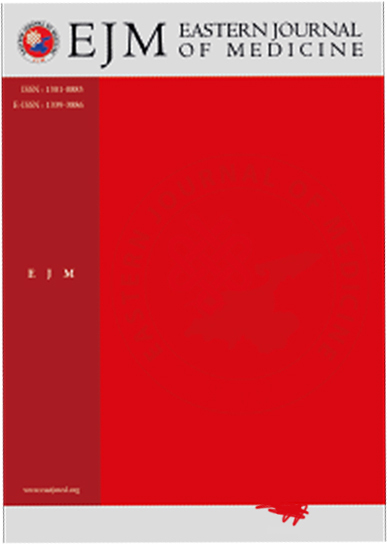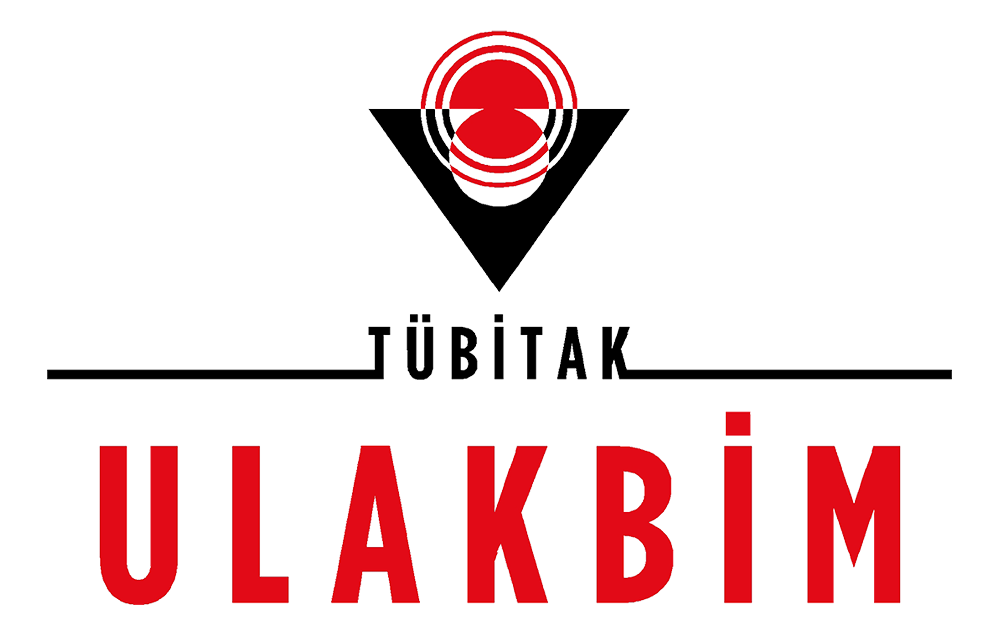The Value of a Prenatal MRI in Adjunct to Prenatal USG For Cases with Suspected or Diagnosed Fetal Anomalies
Mehmet Obut1, Arife Akay1, Özge Yücel Çelik1, ihsan Bağlı2, Ayşe Keleş1, Alii Emre Tahaoglu3, Cantekin İskender1, Ali Turhan Çağlar11, Etlik Zübeyde Hanım Womans Health Care Training and Research Hospital, Ankara, Turkey2Department of Obstetrics and Gynecology, Health Sciences University Diyarbakır Gazi Yaşargil Training and Research Hospital, Diyarbakır, Turkey
3Department Of Obstetrics And Gynecology, Ozel Dicle Memorial Hospital, Diyarbakir
INTRODUCTION: An accurate diagnosis of the anomalies plays a crucial role in the guidance and management of pregnancy, prenatal counselling, and postnatal therapies. This study aimed to evaluate the value of fetal magnetic resonance imaging (MRI) in adjunct to ultrasonography (USG) for cases with suspected or diagnosed fetal anomalies
METHODS: This retrospective study included 86 fetuses that were evaluated using a fetal MRI and USG within 14 days for a diagnostic query. To evaluate the diagnostic performance and value of the fetal MRI, patients were grouped according to the final diagnosis, which was revealed in the post-natal or post-terminated period. The patients were grouped according to weather, or not correct or additional findings revealed on these diagnostic modalities.
RESULTS: According to the final diagnosis, the most common anomaly was the central nervous system (CNS) (n=62, 72%), followed by genitourinary (n=11, 13%). Both modalities were correct, and MR did not reveal additional findings in most cases (65 of 86cases, 76%). İn eight cases (9%) MR was correct, but USG was incorrect. USG was correct and MRI was incorrect in 2 cases (2%). USG was correct but MRI revealed additional findings in 9 cases (10%) were in group 4. Both modalities were incorrect in 2 cases (2%).
DISCUSSION AND CONCLUSION: İn adjunct to USG, a fetal MRI increases the diagnostic accuracy and provides additional information. The MRI is more useful for certain indications, such as agenesis of corpus callosum, neural migration defects, posterior fossa anomalies, intracranial cysts, and urogenital system anomalies.
Corresponding Author: Mehmet Obut, Türkiye
Manuscript Language: English














